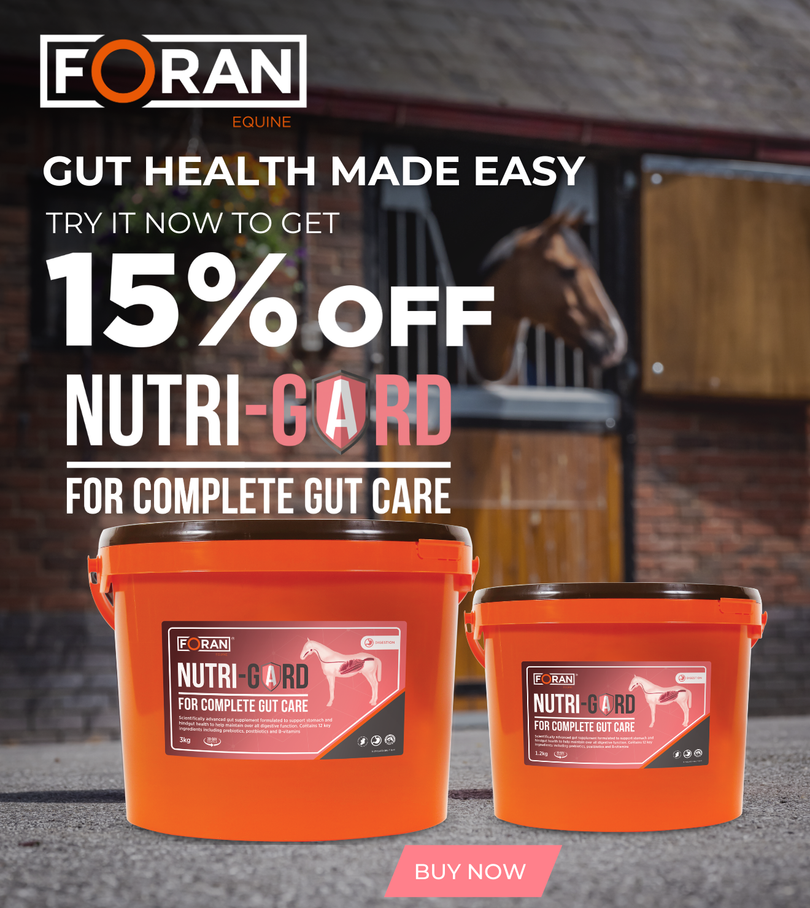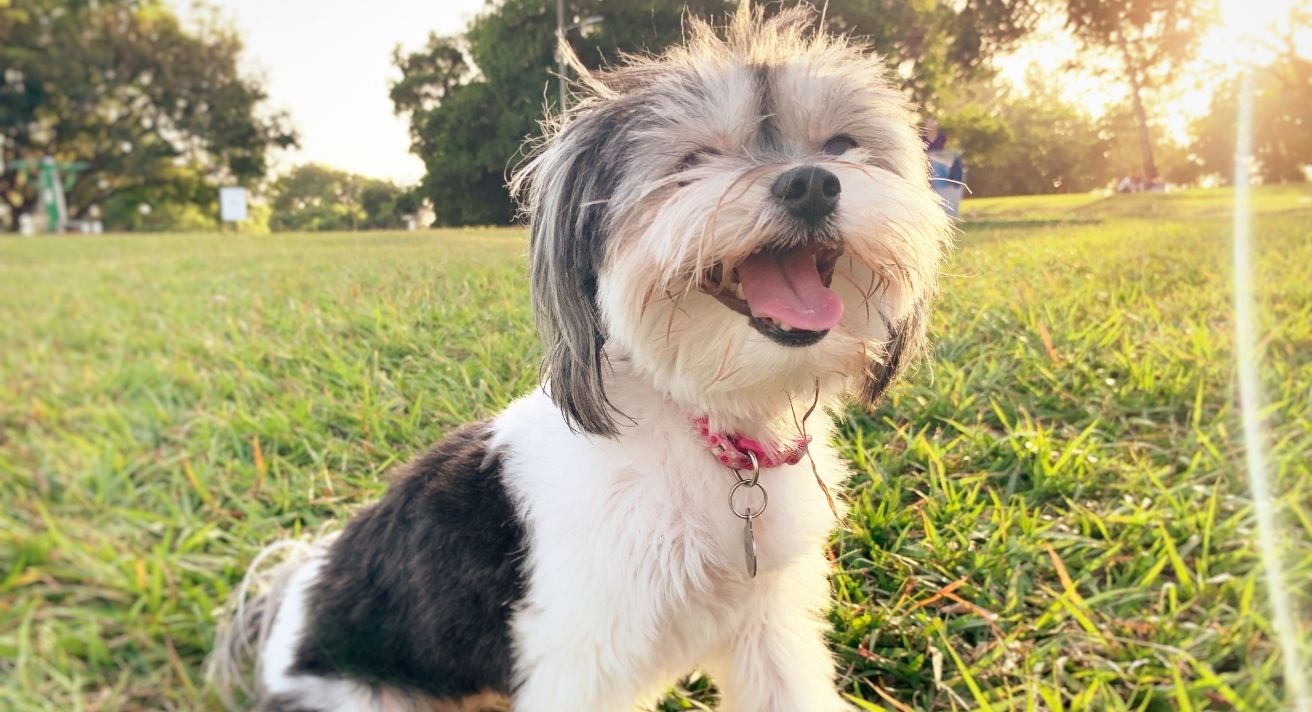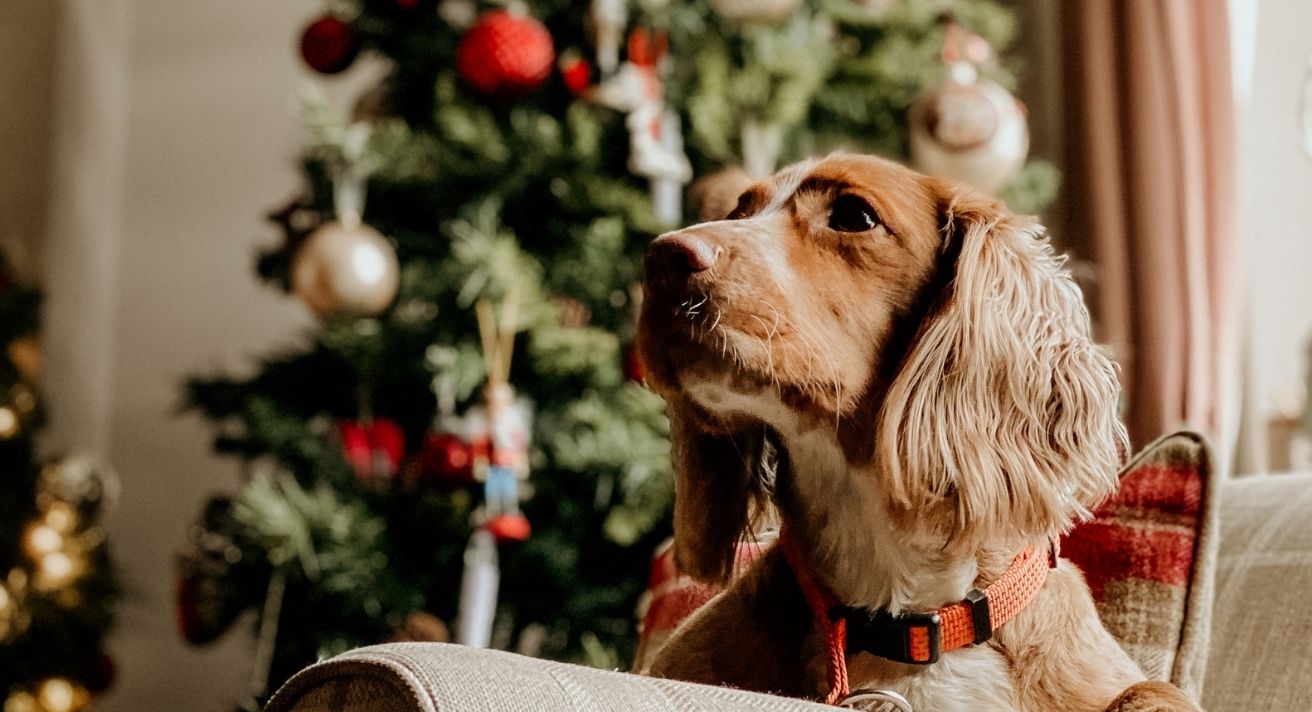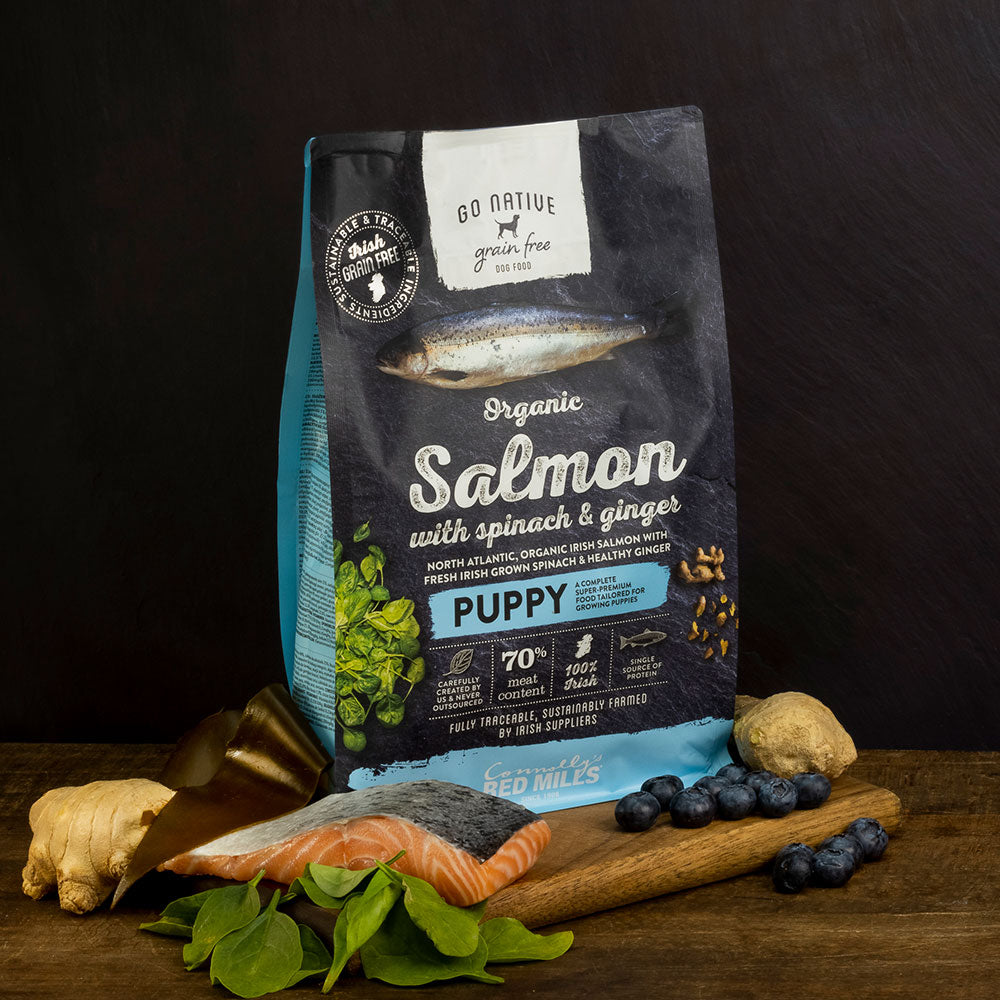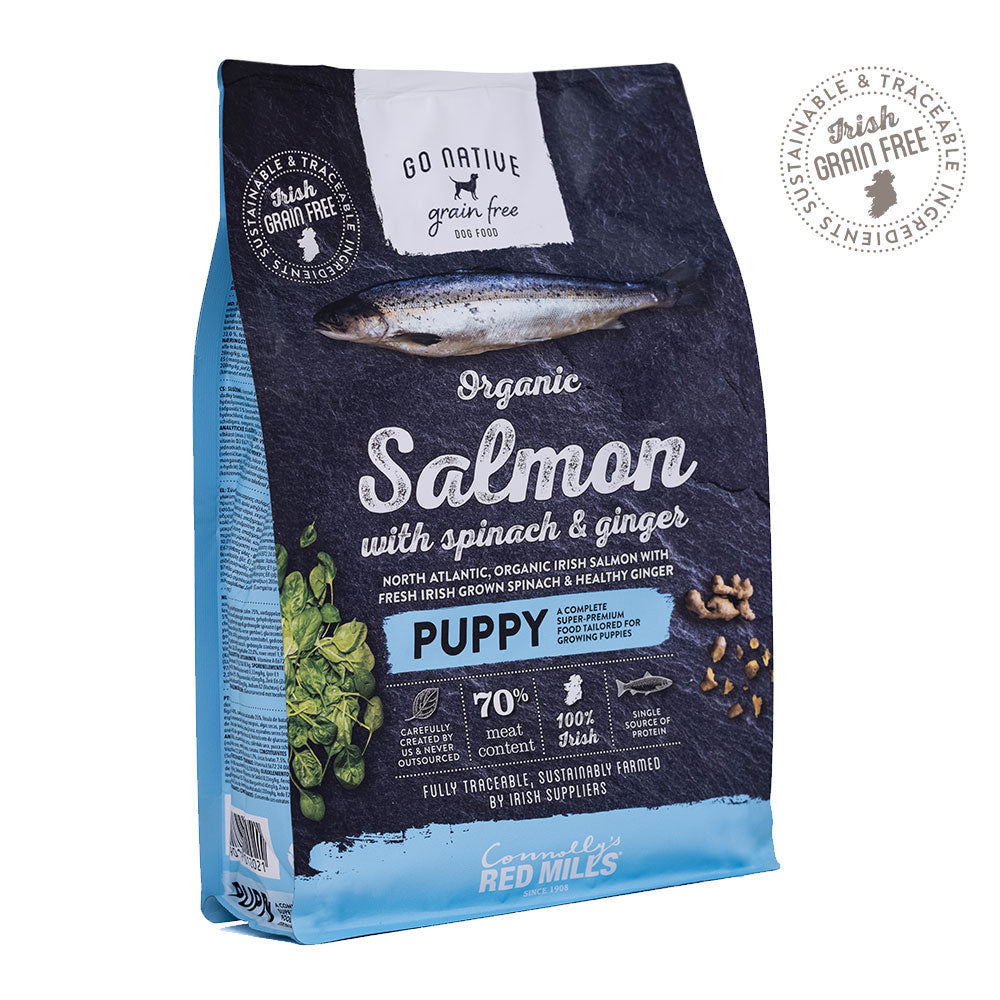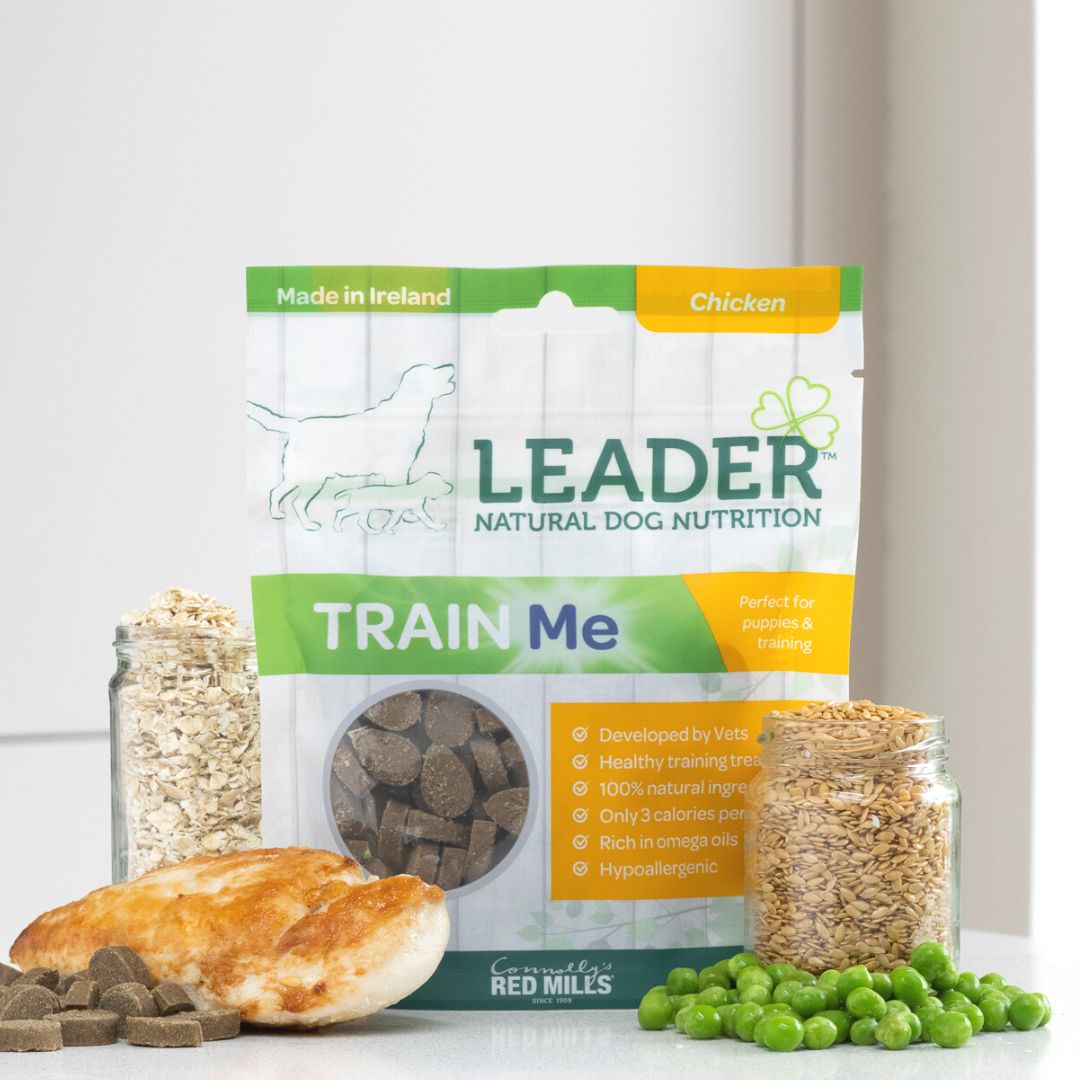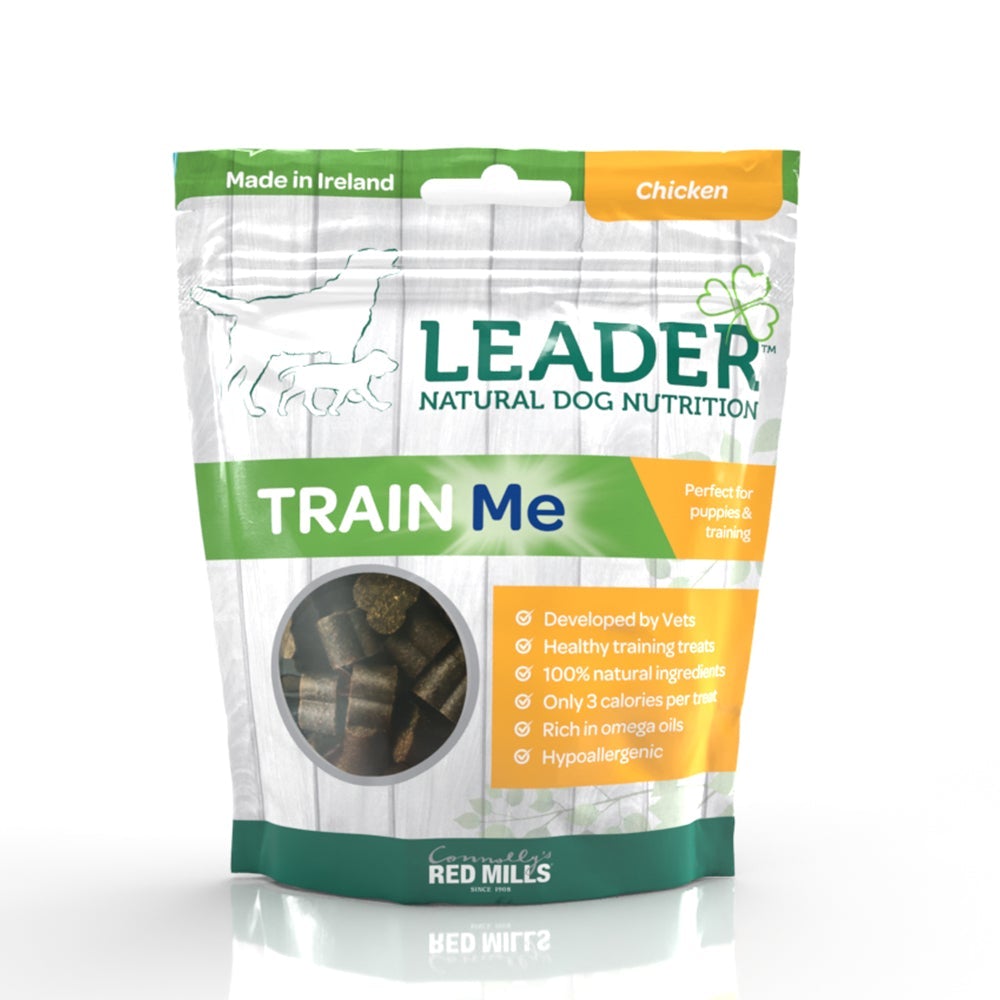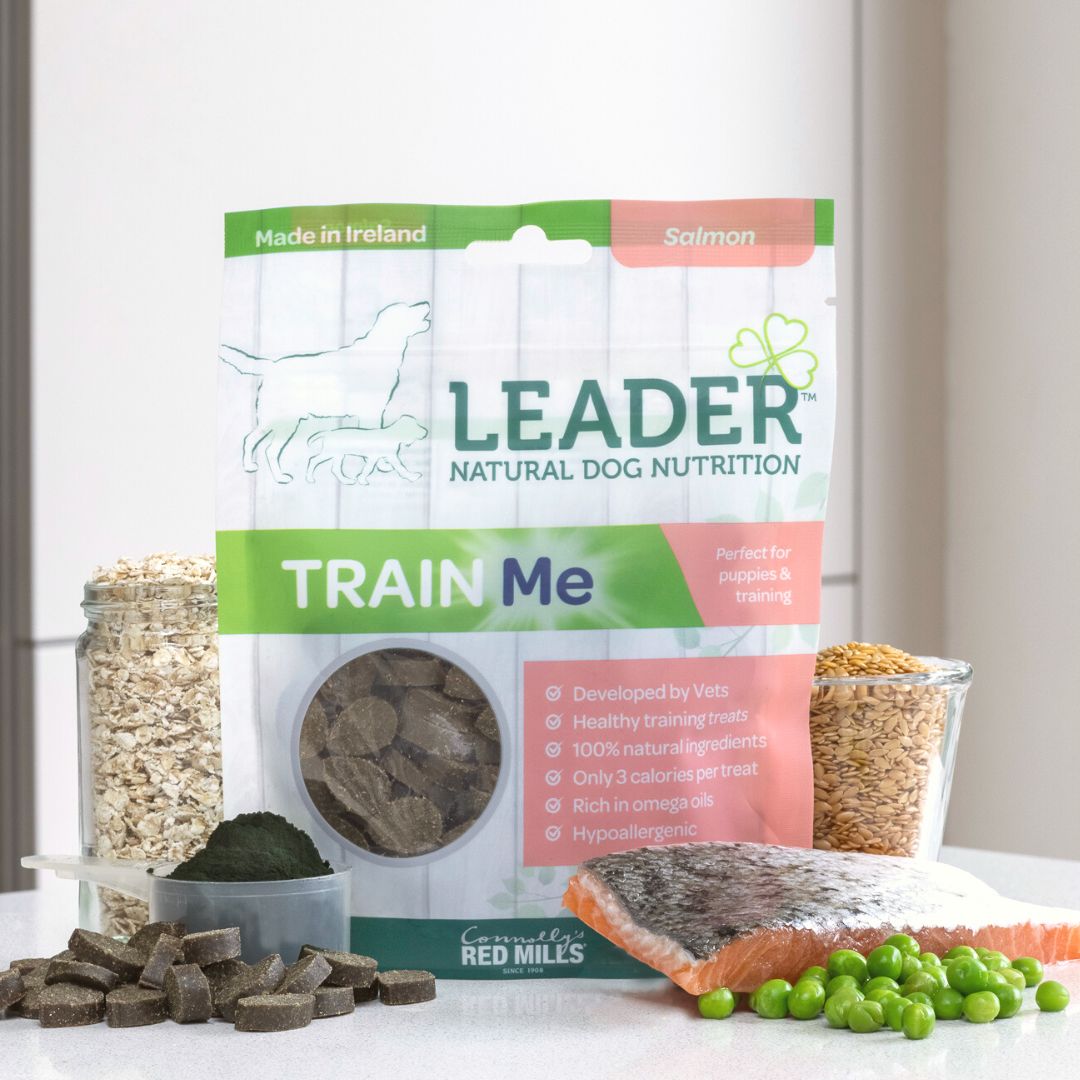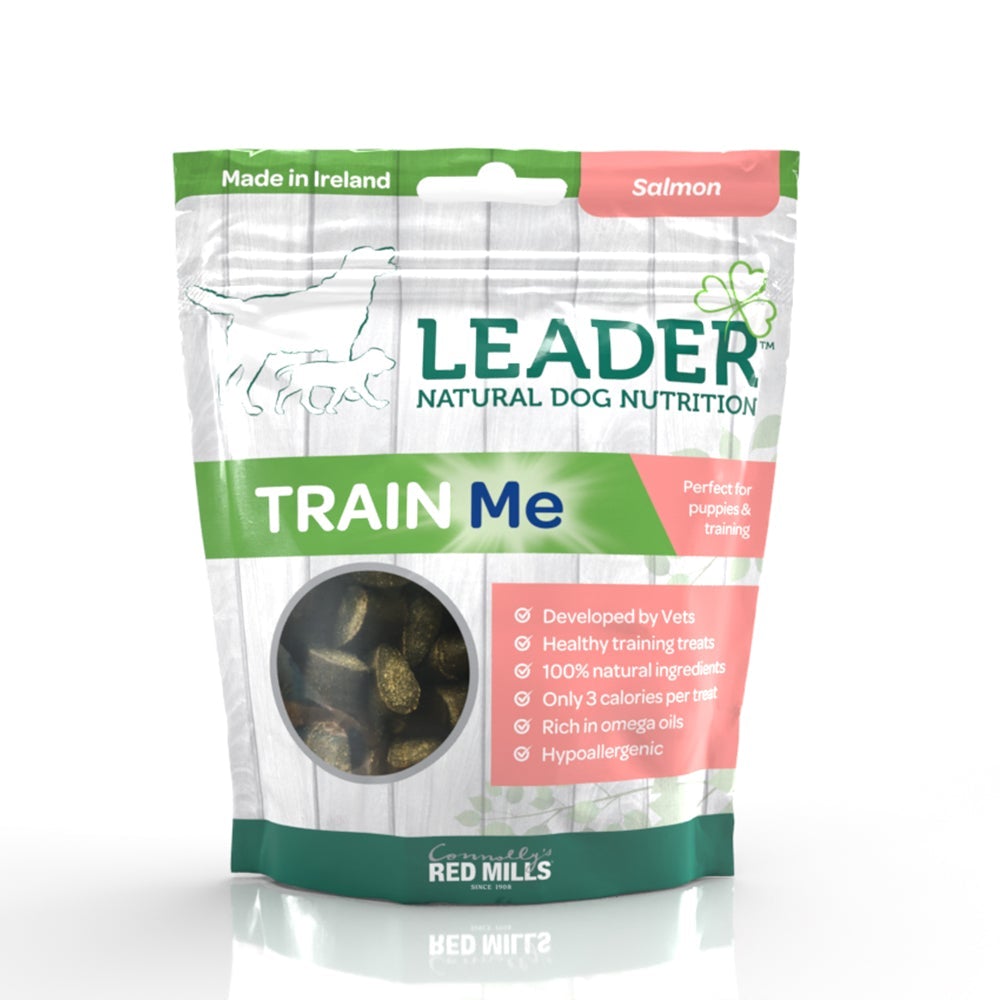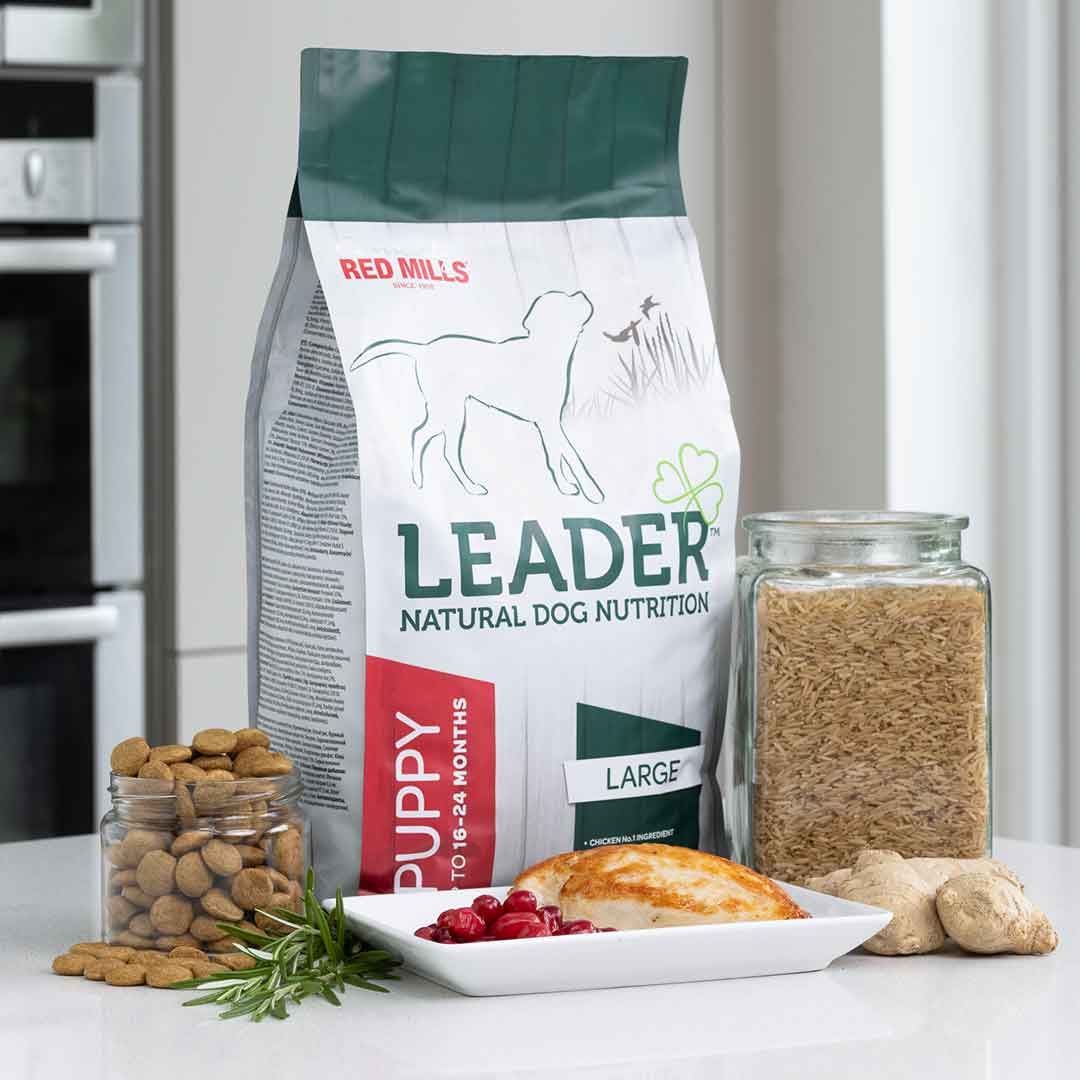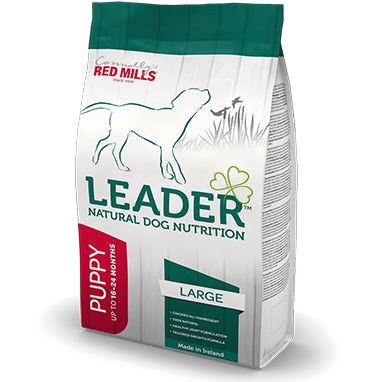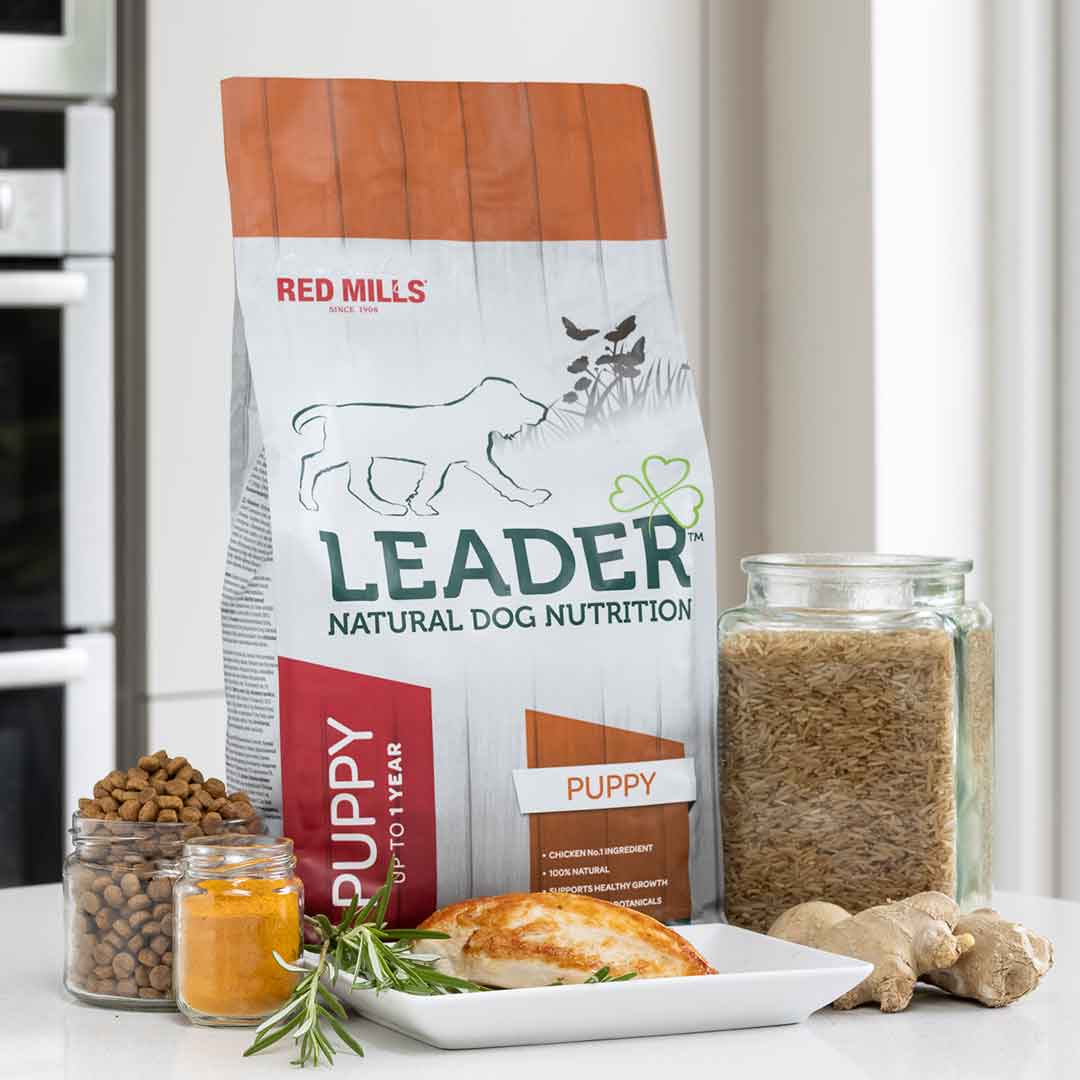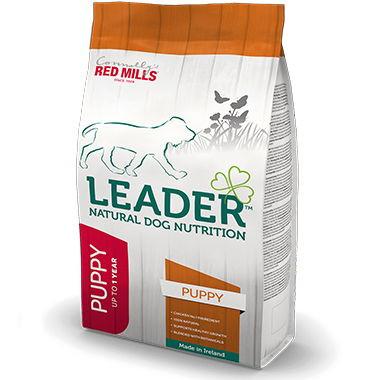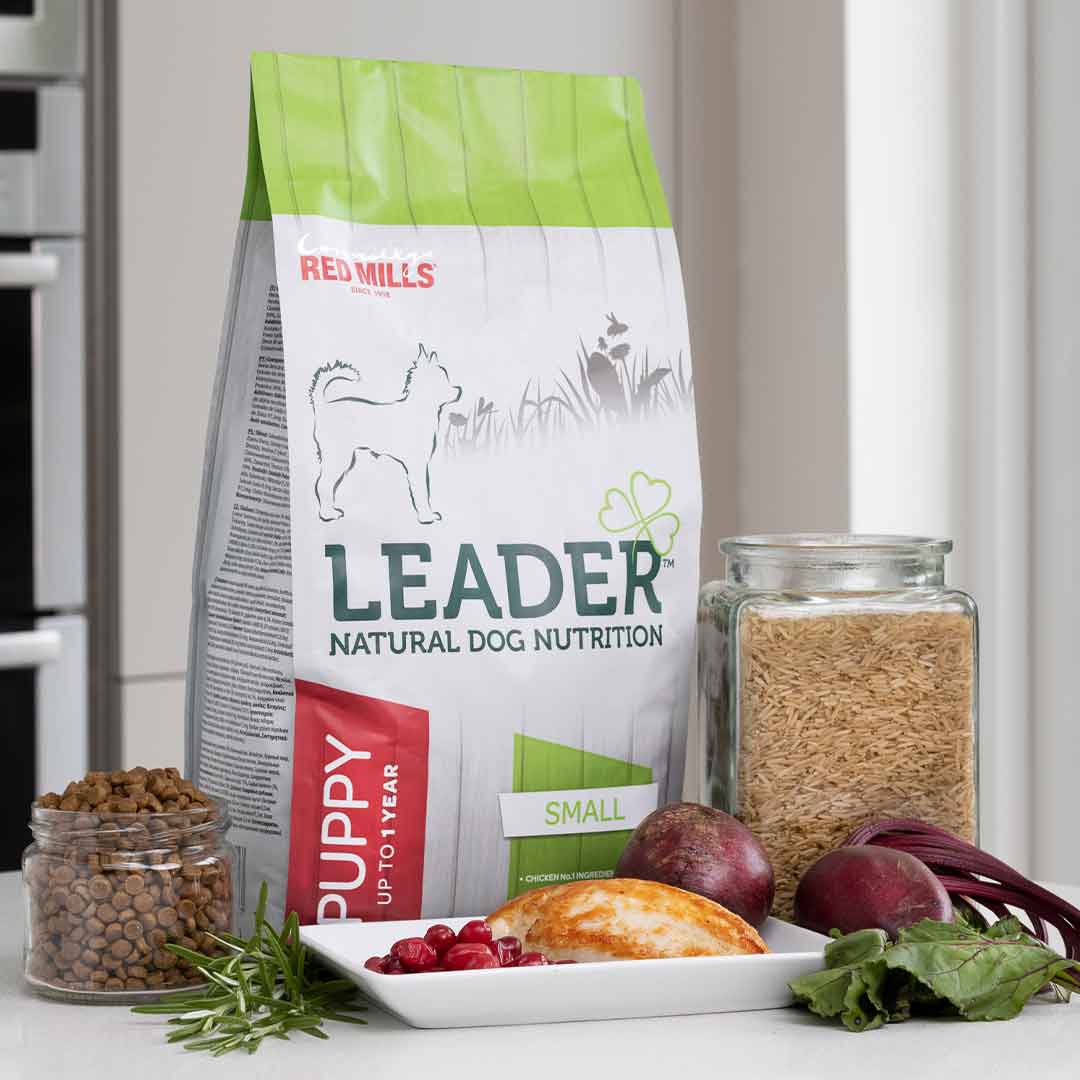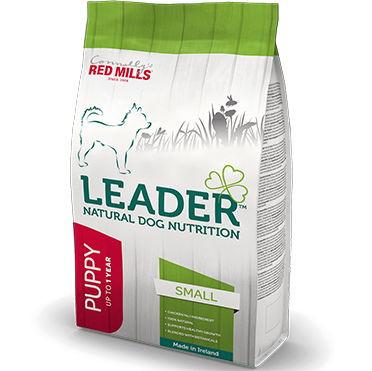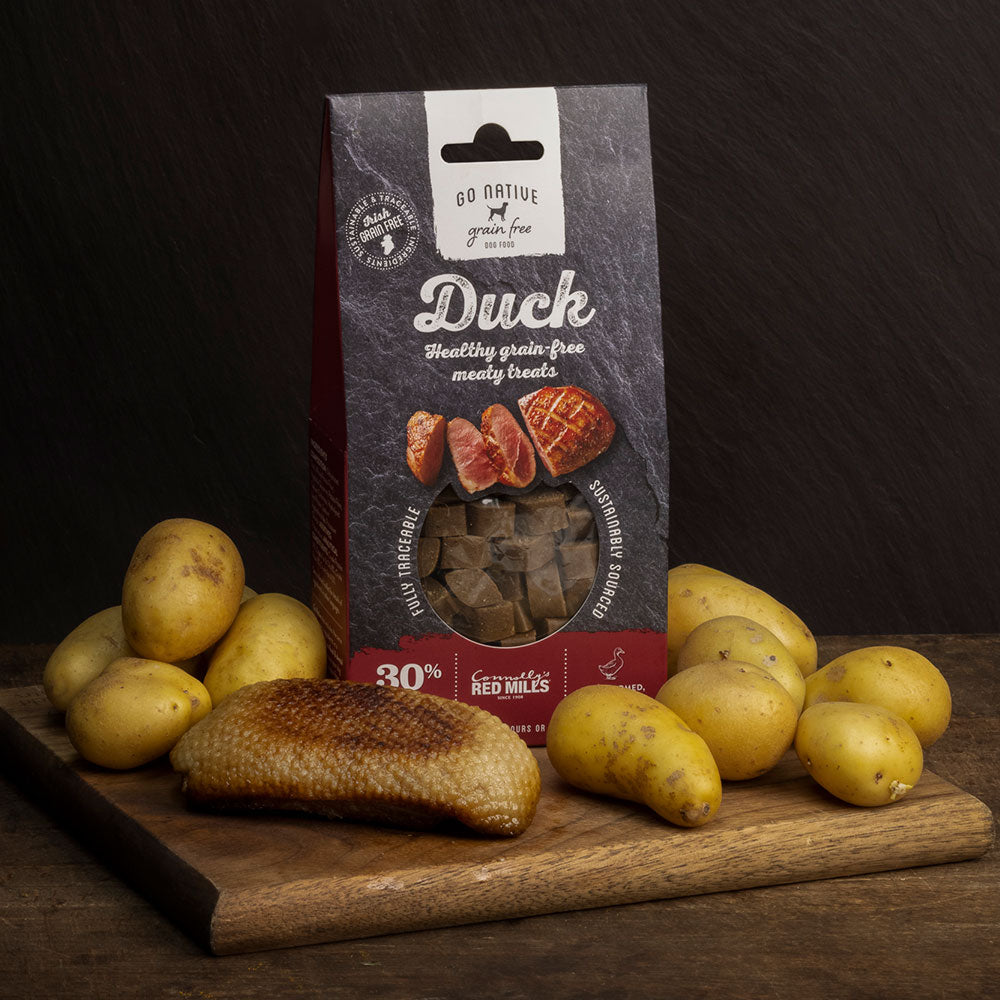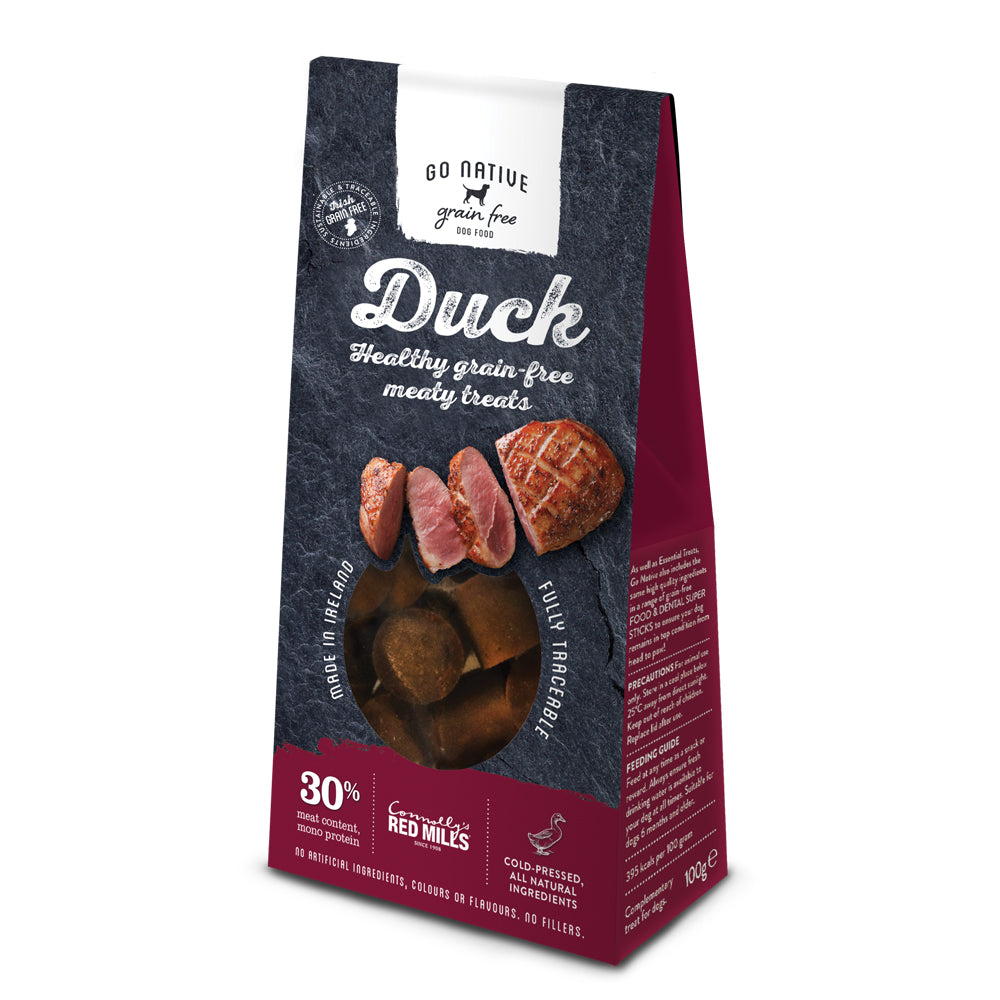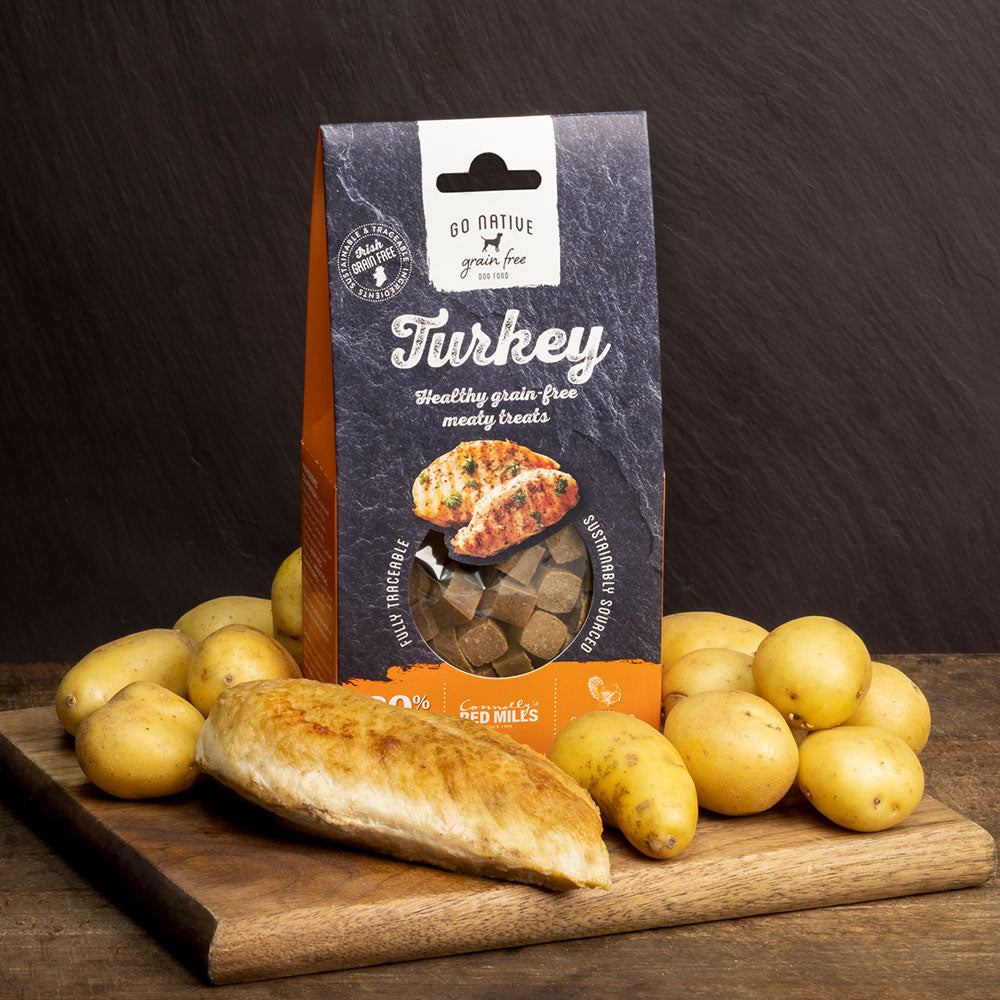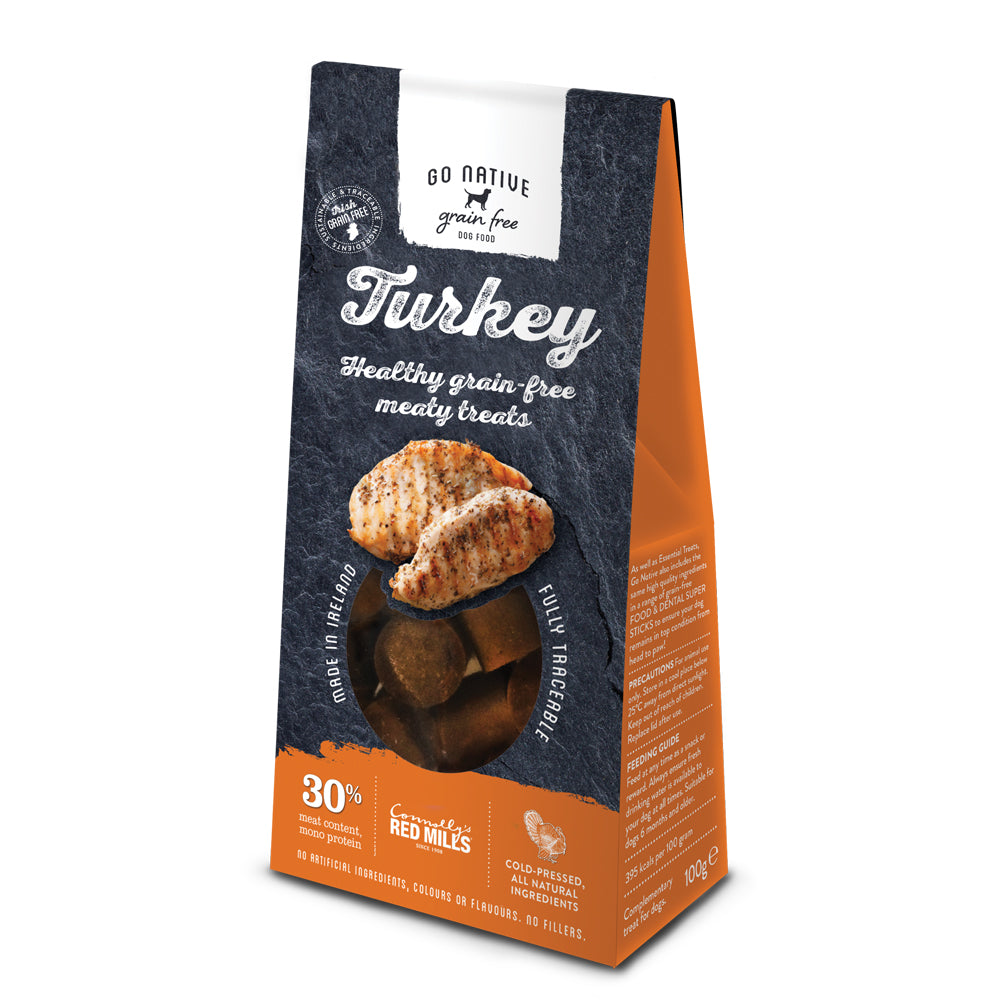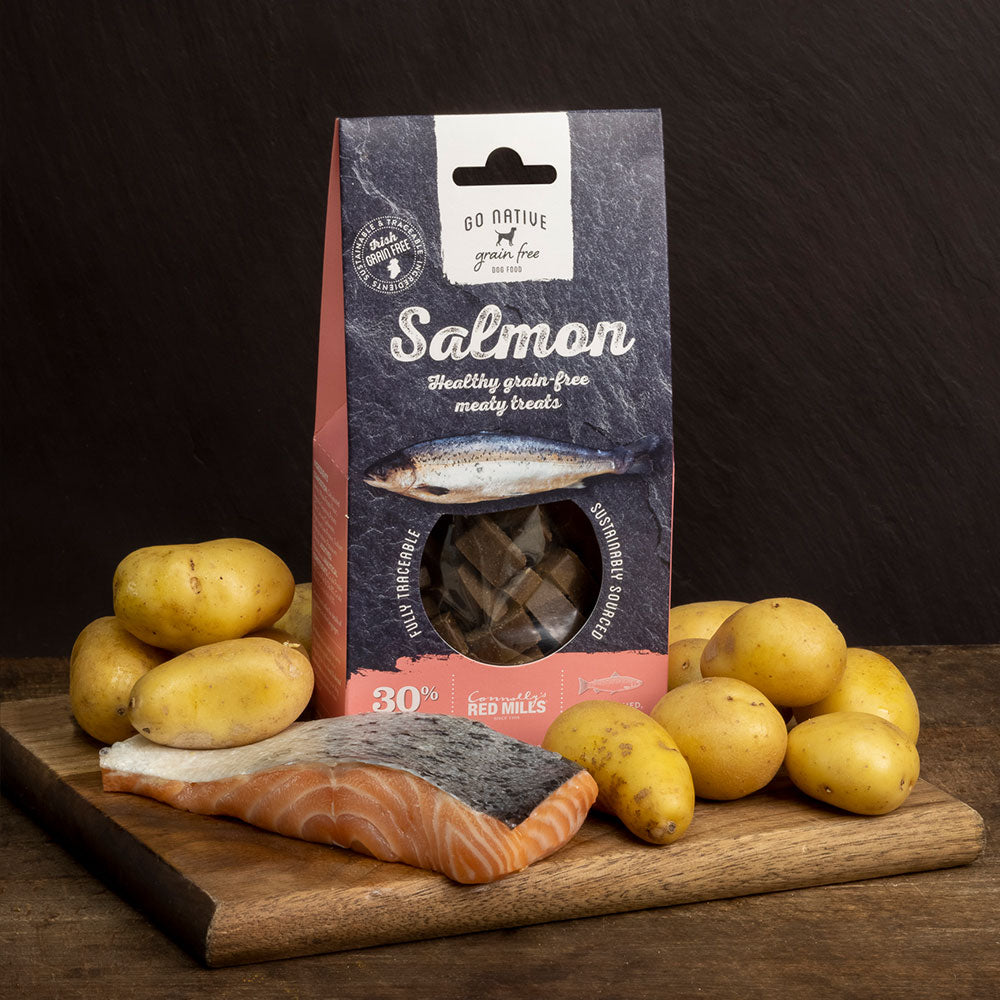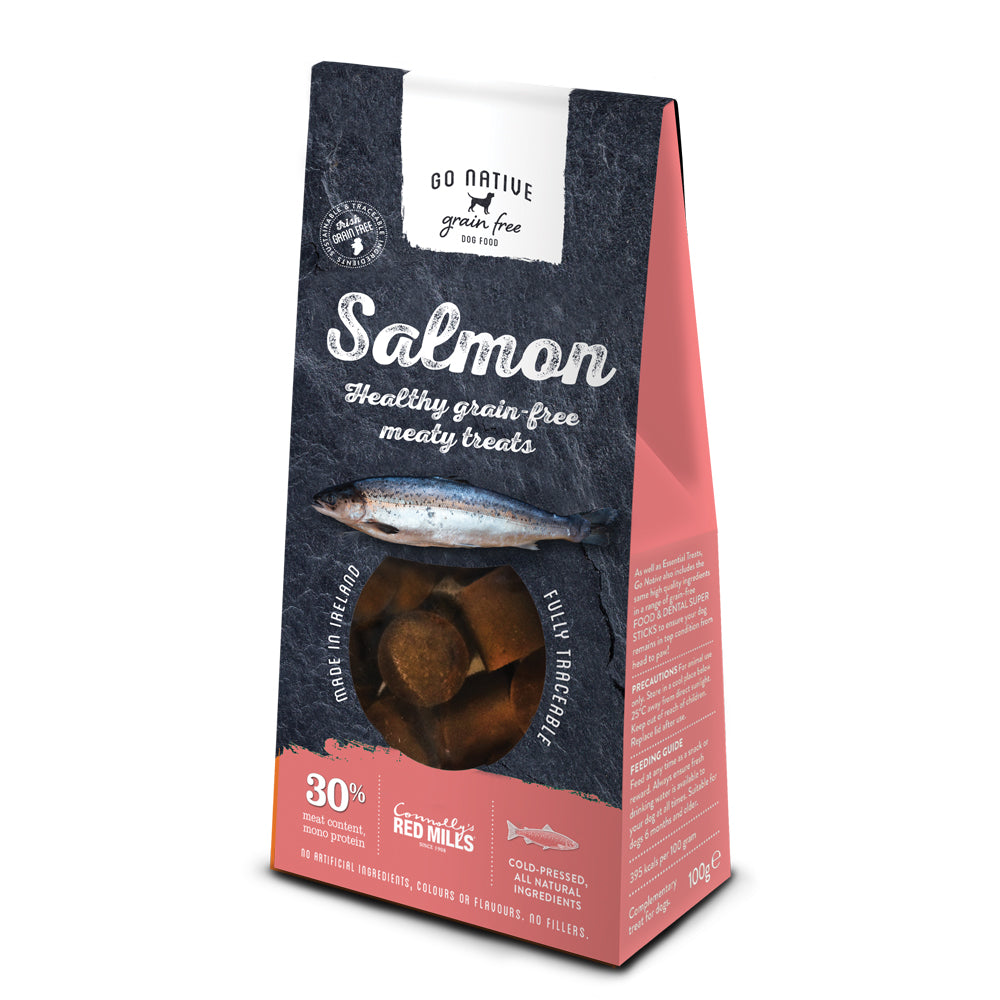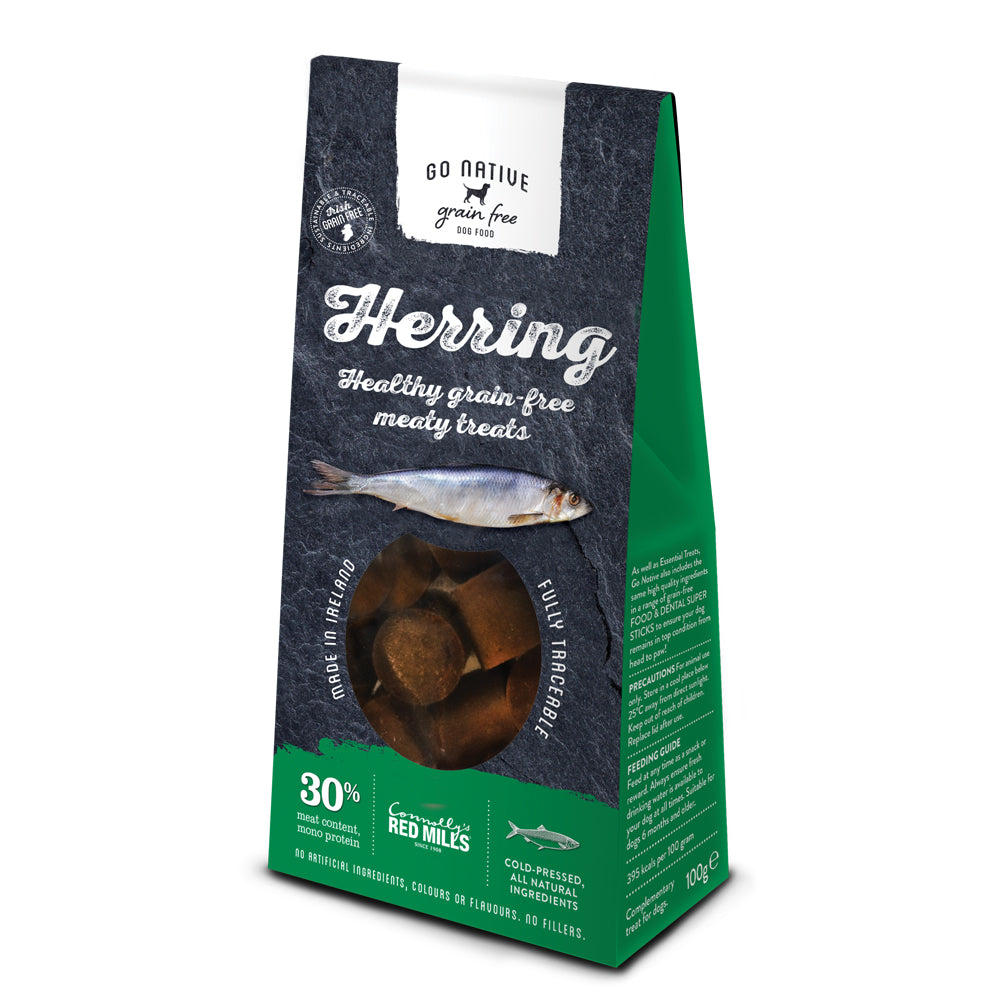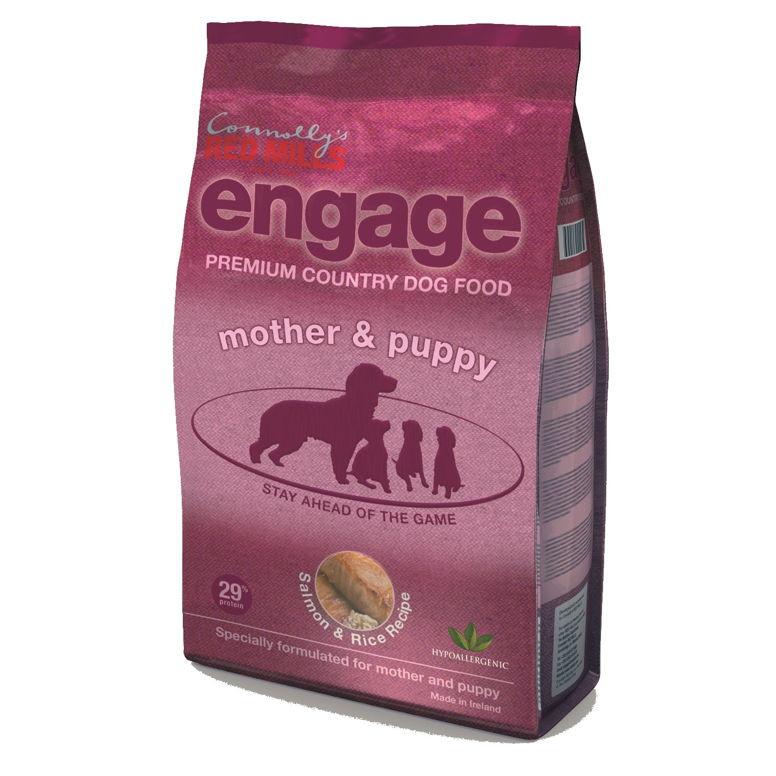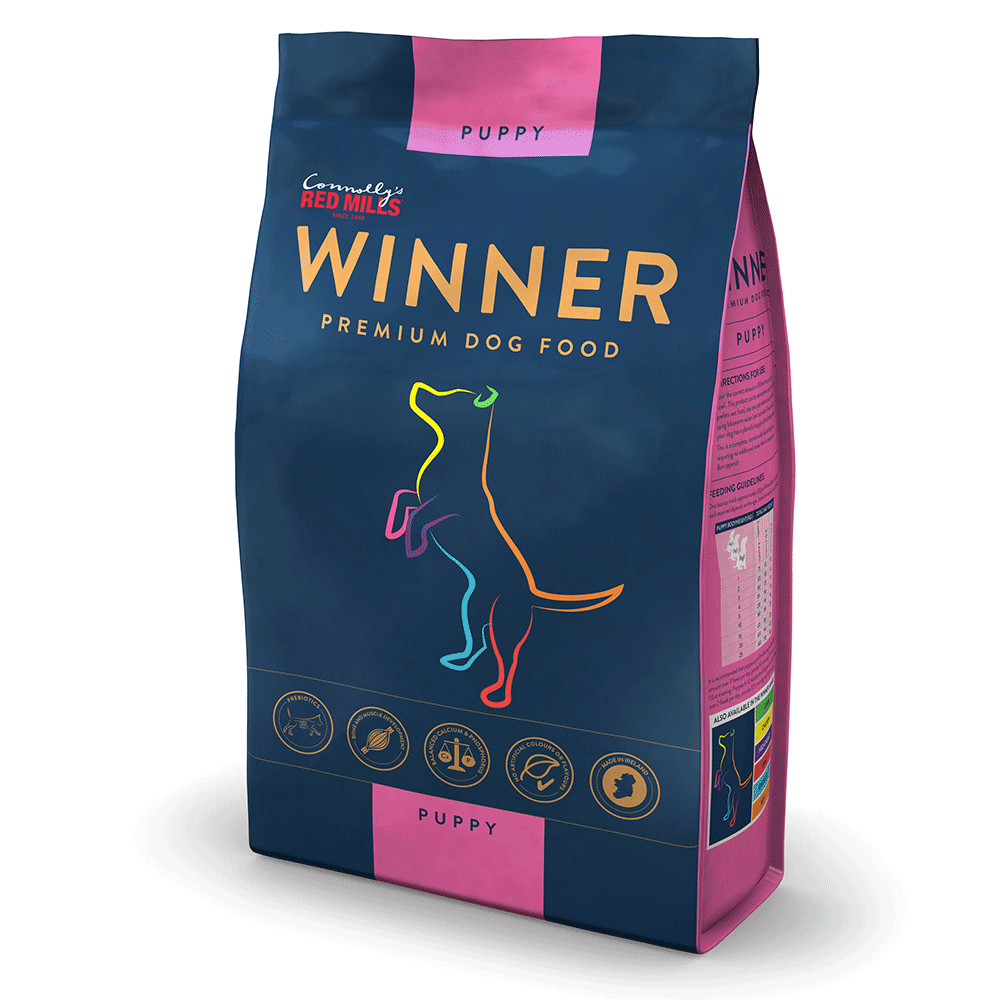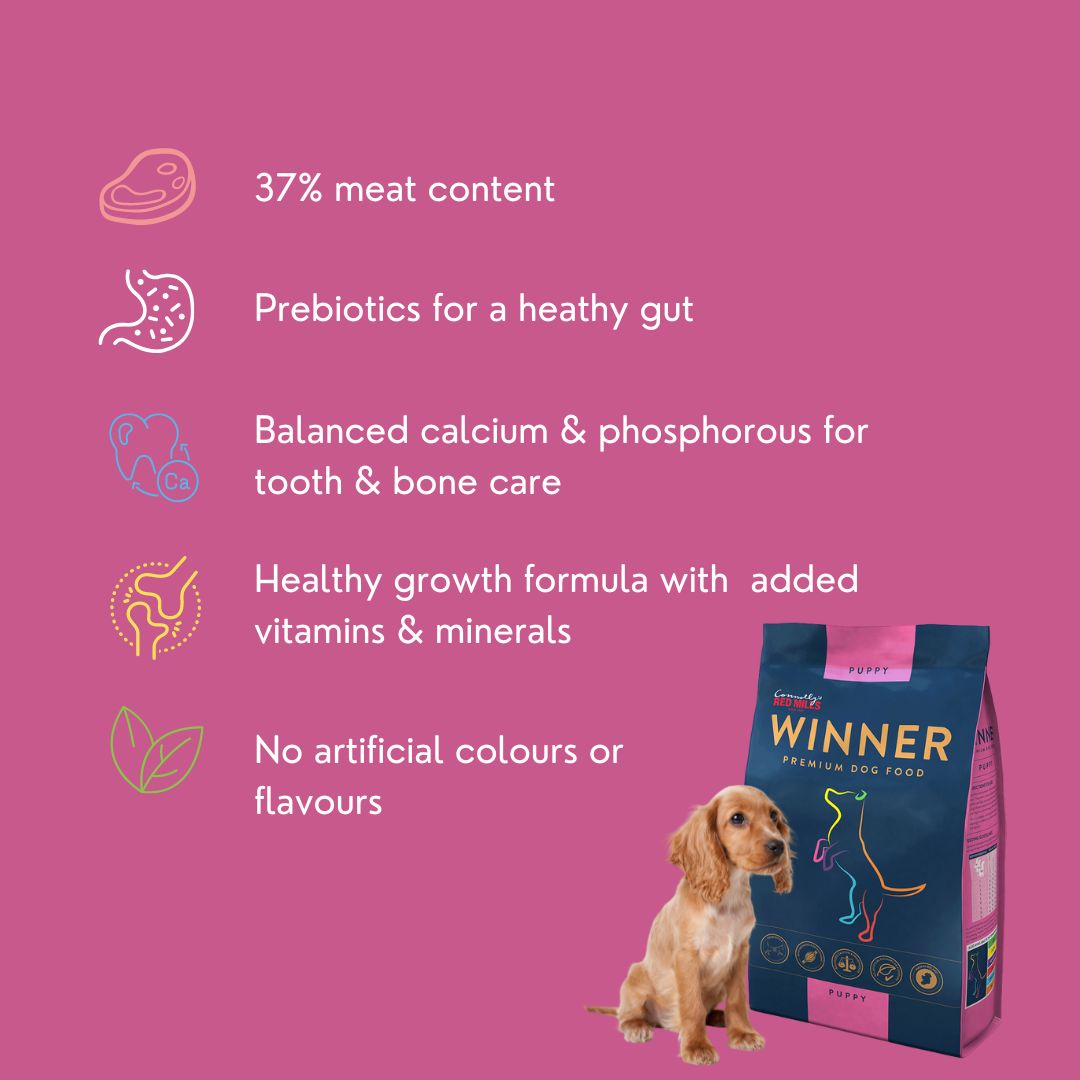Christmas is a time of wonder and joy, a time to relax with loved ones including our fur babies. When we’re decking the halls, piling presents under the tree and indulging in our favourite festive foods (did someone say Go Native Christmas Treat Boxes?! Sorry, we’ve been inundated with orders from Santa Paws ...), we need to keep our pets safe. Knowing which Christmas foods are dangerous for dogs helps ensure your holiday is jolly. Even if your dog loves the vet, their clinic is no place to spend the holidays!
These Christmas Treats Are Toxic for Dogs
Some of the foods that are part and parcel of a traditional Christmas are sadly extremely dangerous for dogs. We can still enjoy them – as long as we keep our beloved canine friends safe and out of the way of temptation! These are the Christmas foods that are dangerous for dogs.
- Chocolate – All types of chocolate contain theobromine, a stimulant that affects the heart. Your dog’s size, age and overall health, as well as the type and amount of chocolate, affect how severe their reaction is. Chocolate damages a dog’s heart and can cause a heart attack.
- Sweets with Xylitol – Many sugarless treats contain Xylitol. It’s in many brands of chewing gum, peanut butter and toothpaste as well as sweets. Xylitol puts dogs at risk of death by damaging their liver and dramatically affecting their blood sugar.
- Christmas Pudding, Christmas Cake and Mince Pies – All of these Christmas staples contain raisins, which harm a dog’s kidneys. If they eat much, they are at risk of kidney failure.
- Dressing – Garlic and onion make your dressing tasty, but they can also lead to anaemia in dogs. Your dog will enjoy a bit of turkey just as much without the dressing.
- Turkey Bones – If you give your dog a bit of turkey, make sure it doesn’t have any bones in it. Poultry bones splinter easily, and the sharp fragments can puncture your dog’s mouth, oesophagus, stomach or intestines.
- Nuts – Dogs love peanut butter as long as it doesn’t have Xylitol in it, but some nuts are dangerous for them. Macadamia nuts cause seizures, while most other nuts can pose a choking hazard.
Remember that these things, especially chocolate, can sneak into our homes wrapped as gifts. It’s never rude to ask someone if the gift they give you contains anything that might pose a danger to the dog or inspire them to rip open the present. When in doubt, put a gift out of the dog’s reach - well, well out of reach, as we’ve heard one too many stories of pups leaping onto counters they have never reached before to seek out goodies. We’re happy to report the pups in question made full recoveries, but we wouldn’t like to see it repeated.
Other Holiday Hazards
When you deck the halls, skip the holly. Holly berries are poisonous to dogs. So are mistletoe, ivy and poinsettias. If you have a real tree, make sure your dog doesn’t ingest any pine needles as they irritate the stomach.
On Christmas morning, it’s best to give the dog an exciting new toy in another room while the family opens their presents. All those ribbons and bows can be very enticing, and they are dangerous if swallowed. Watch too for those tiny packets of silica gel that come in so many things; most aren’t poisonous but they are a serious choking hazard.
Enjoy a Safe, Healthy Christmas with Your Dog

All of this might sound very worrying, but as long as you know what the dangers are you can keep your pets safe. Keep them out of the room with the tree and presents when an adult can’t supervise them. Lots of walking and playing outside in the run up to the big day will help keep them calm and help them cope.
While our dogs love to be at our side, they also enjoy some down time in their own space. Whether it is their bed or a crate, it is fine to give them a puzzle toy stuffed with treats and keep them there when the house is busy. Then the dogs and the people can relax and enjoy their treats without worrying.

